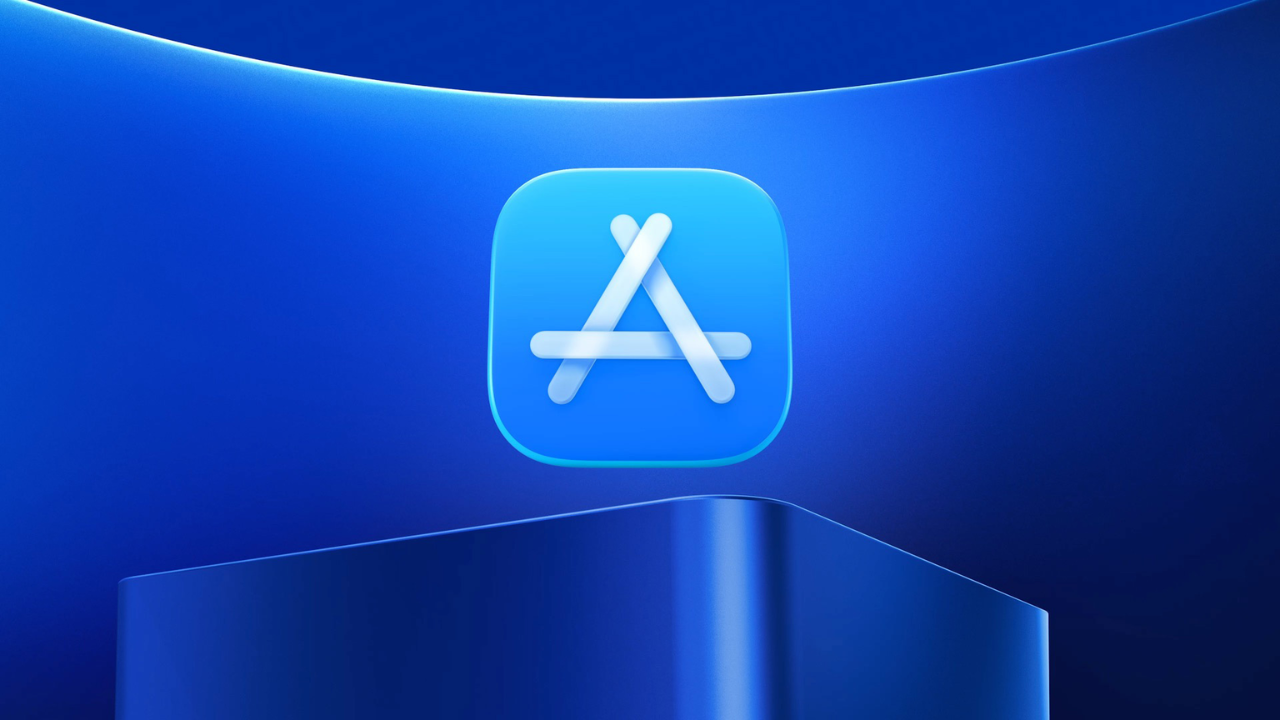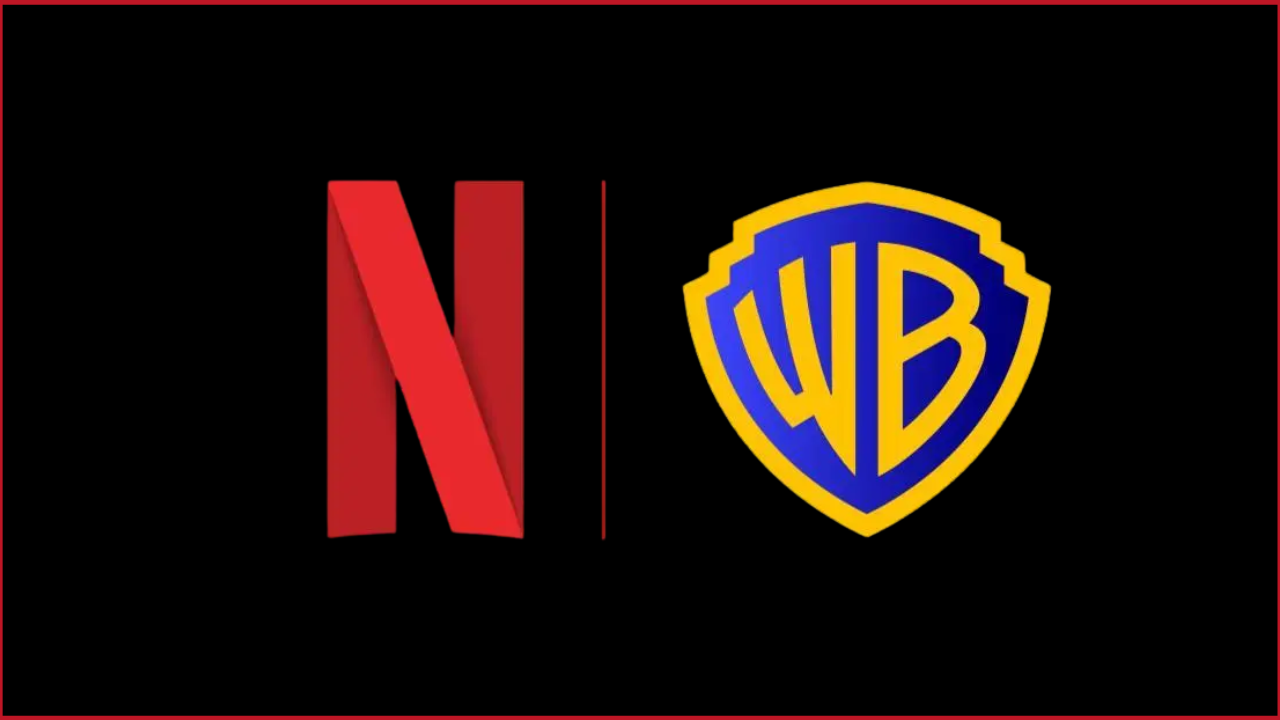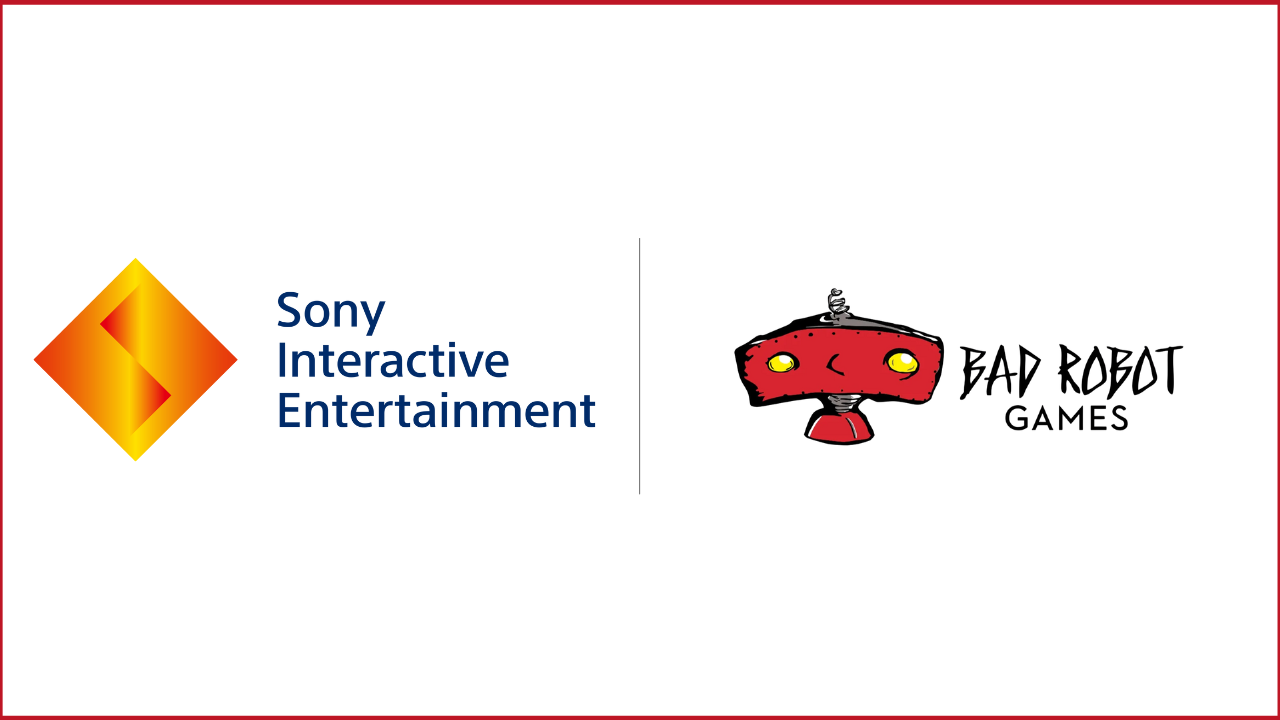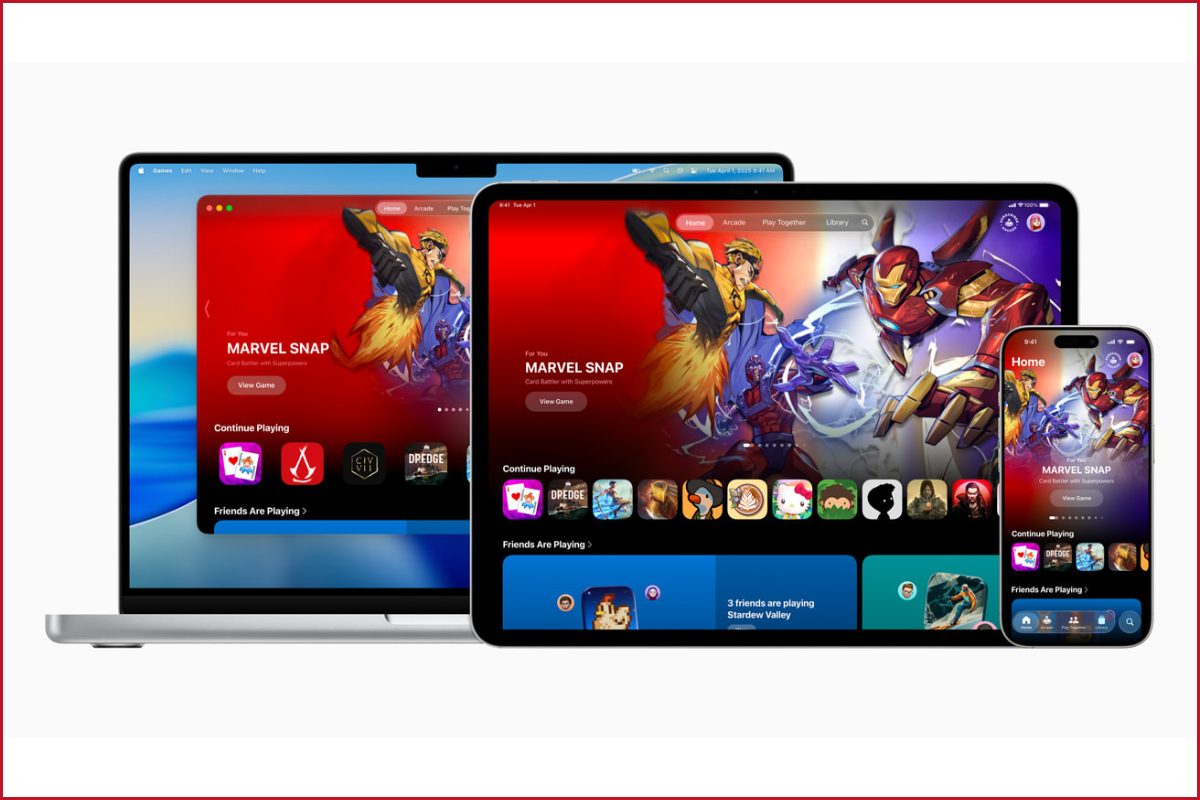Apple has officially launched its Games app with the rollout of iOS 26, iPadOS 26, and macOS Tahoe 26. The Apple Games comes with a free software update and serves as a unified space where users can access all their games, compete with friends, discover new titles, and stay updated on live events.
Key elements include:
- Game Library Consolidation: All App Store games a user has downloaded — across iPhone, iPad, and Mac — are gathered in one place for easy launching.
- Social & Competitive Layers: With a new Challenges system and Game Center integration, Apple enables users to challenge friends in score-based showdowns, view leaderboards, and compare achievements. For games that support Game Center leaderboards, developers can now add multiplayer-style competition even in single-player titles.
- Discovery & Events: Game pages now feature timely activity like updates, live events, and what a user’s friends are doing. Personalized recommendations aim to help players find new games based on past behavior, friend activity, and curated editorial selections.
- Dedicated Apple Arcade Integration: There’s a tab for Arcade titles. For subscribers to Apple Arcade, the experience is more seamless, with curated content pulled into the Games app alongside regular App Store games.
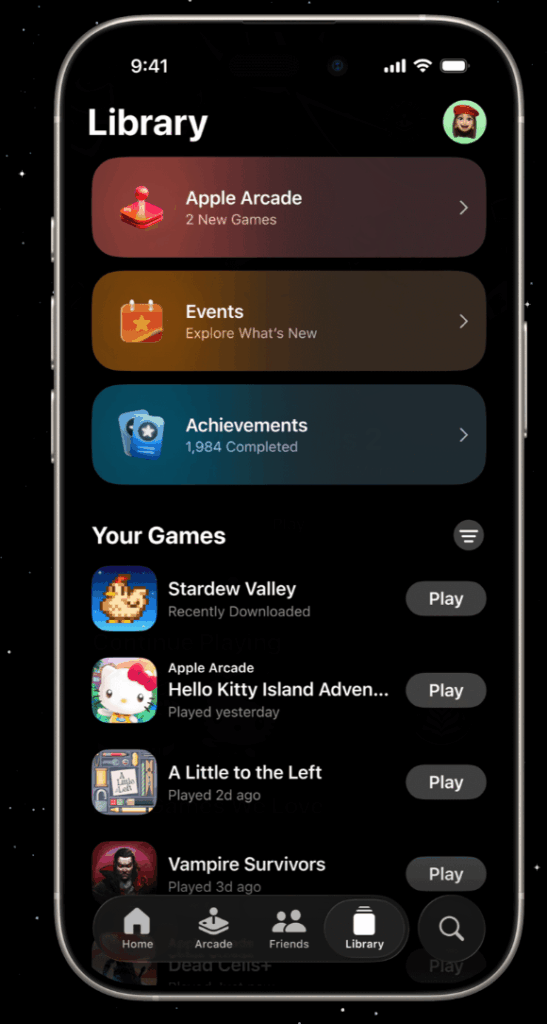
UI, Tools, and Ecosystem
The launch of the Games app is accompanied by wider design and usability updates across Apple platforms. Some of the notable changes include a “Liquid Glass” design aesthetic — translucent UI elements that appear across app icons, widgets, controls, and navigation.
Apple also underscores consistency across devices. Whether you’re on iPhone, iPad, Mac, or even Vision Pro, the aim is to let you move seamlessly between hardware while preserving social tools like friends lists, leaderboards, and shared events.
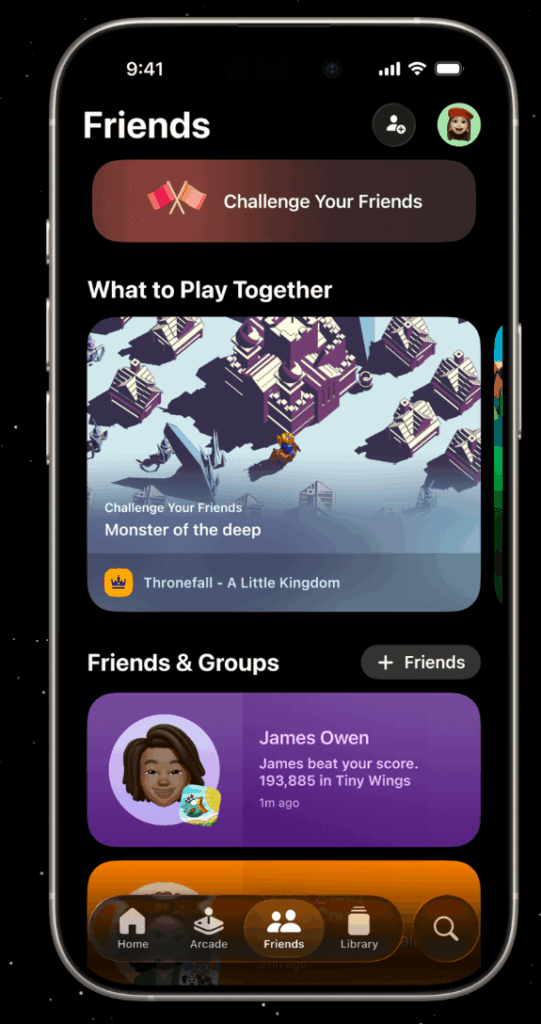
Implications & Challenges
While the new app consolidates many features gamers have long asked for, there are a few open questions and potential complications:
- Developer Support: Not all games have Game Center leaderboards or support for the new challenges system. For games that don’t, some of the social features of the Games may be unavailable or limited.
- Regional Roll-out & Feature Parity: Apple indicates that the availability of some features will vary by language, region, or local regulation. So, depending on where one is, the experience might differ.
- Discoverability vs Competition: With more games concentrated in one central hub, competition for visibility among developers may increase. Editorial collections and recommendation algorithms will play a more critical role.
- User Adoption: The challenge will be to convince users who are used to launching games via the App Store or directly via home screens to migrate habitual workflows to the Games app.
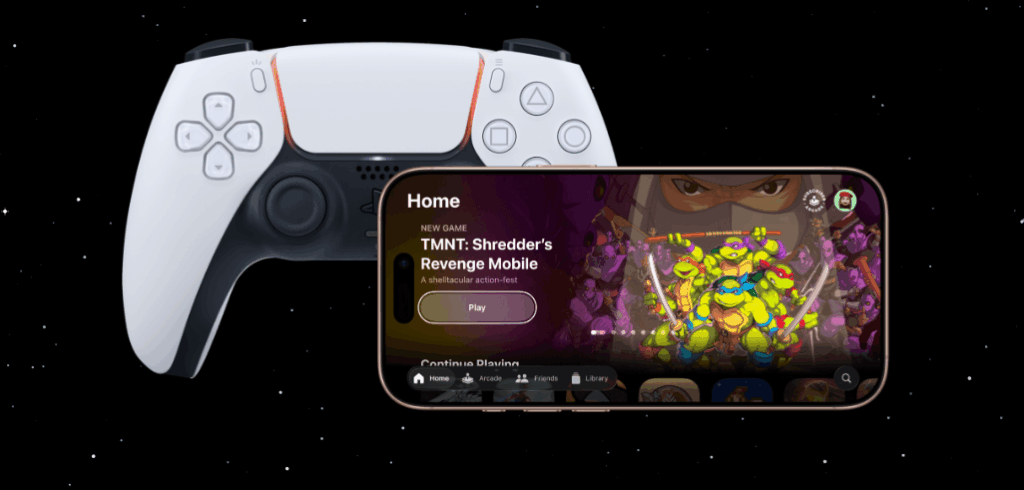
Bottom Line
The Apple Games app represents a significant update in how Apple approaches gaming on its devices. It aims to streamline the gaming experience for players and add more layers of social interaction and discovery. For developers, it offers new opportunities, but also intensifies competition.

